Pilot on Mai Chi Tho Street
Mr. Doan Van Tan, Director of the Urban Traffic Management and Operation Center (HCMC Department of Construction), said that the unit has issued a groundbreaking order for the project of a separate bicycle lane on Mai Chi Tho Street from Nguyen Co Thach Street to D1 Street.
Recently, public bicycles have attracted many young people to use them to visit and sightsee the central area of Ho Chi Minh City.
PHOTO: NHAT THINH
The separate lane is arranged on the sidewalk, 5.8 km long, 2 m wide, the section over the bridge is 1.5 m wide, designed speed is 20 km/h. The road surface is made of asphalt concrete, painted in a different color to clearly distinguish the bicycle lane area from the motor vehicle lane. The total investment of the project is 12.7 billion VND. The project will be completed before December 31 so that in early 2026 there will be a new traffic appearance on this route, including a separate lane for bicycles, which is environmentally friendly.
Explaining the choice of Mai Chi Tho Street as the first place to organize a separate lane for bicycles, Mr. Tan said that this route has synchronous infrastructure, the corridor is wide enough to create a separate lane for bicycles. In the first phase, the project connects 3 residential areas including Sala, New City and The Sun Avenue and large commercial centers.
It is expected that in 2026, the Urban Traffic Management and Operation Center will continue to complete the separate bicycle lane from Nguyen Co Thach Street to Saigon River Park, an area with a new and modern landscape of the new urban area Thu Thiem. At the same time, after the An Phu traffic intersection project is completed and the site is handed over, the center will build an additional section from D1 Street to Rach Chiec Station on Vo Nguyen Giap Street. At that time, the separate bicycle lane will be connected continuously, from Saigon River Park, commercial centers to the metro station.
According to the design, there will be 5 public bicycle stations along Mai Chi Tho Street. Cyclists can go to the station, lock their bikes and go to the shopping center or rent public bicycles along the route. The separate lane next to the bus station makes it more convenient for people to ride bicycles and buses. Along with the organization of separate lanes for bicycles on Vo Nguyen Giap Street and some other routes, traveling by bicycle connecting to buses and metro will create a new traffic picture for Ho Chi Minh City.
Plan to build separate lanes for bicycles on Mai Chi Tho Street
PHOTO: HO CHI MINH CITY URBAN TRAFFIC MANAGEMENT AND OPERATION CENTER
Towards bicycle priority
According to architect Nguyen Truong Luu - Chairman of the Ho Chi Minh City Association of Architects, for many years now, in Northern European countries such as Finland, Denmark, Sweden, Norway, etc., the urban cycling movement has been very strong. Their organization is very good, bicycles can go on the roadway, but if they encounter a high traffic density section, they can go up to the sidewalk in a separate lane, and the speed of movement is also very fast. The separate lane is painted in a color that is easy to distinguish, with a bicycle symbol drawn at intervals. If a pedestrian enters this part of the road and causes a collision, the cyclist is not responsible.
Architect Nguyen Truong Luu supports the organization of separate lanes for bicycles on Mai Chi Tho Street, because this route has wide sidewalks and almost no pedestrians. "With the characteristics of old urban areas, where there is no space for walking, it will be difficult to organize separate lanes for bicycles. Where there is space, it is necessary to do a pilot project and gradually expand it," Architect Nguyen Truong Luu analyzed.
Mr. Nguyen Kien Giang , Deputy Head of the Department of Maintenance and Operation of Traffic Works (HCMC Department of Construction), said that 10 years ago, he had researched the organization of bicycle lanes on about 20 routes, but when collecting opinions from units, he encountered many reactions, so he had not implemented it. At present, Mr. Giang assessed that the pilot of separate bicycle lanes will be more convenient because of the metro connection, people will travel a short distance from home to the parking station and then use public transport. "The number of cyclists will increase if motorbikes decrease," Mr. Giang assessed and said that the implementation will be carried out step by step.
Regarding the idea of expanding to other routes, Mr. Giang said that this must be carefully studied, ensuring compliance with regulations and in accordance with traffic network planning, cycling needs, traffic volume of other types of vehicles and especially the current state of infrastructure. Because the current state of the routes in the central area of Ho Chi Minh City has a cross-section that does not meet the needs of other vehicles, leading to slow traffic flow, it will be difficult to build a separate lane for bicycles. After the separate lane project for bicycles on Mai Chi Tho route is put into use, the Department of Construction will monitor and evaluate before expanding.
Currently, Ho Chi Minh City does not have separate lanes for bicycles, so cyclists share lanes with motorbikes and cars.
PHOTO: NHAT THINH
Metro connection
Architect Nguyen Truong Luu said that in the past, Ho Chi Minh City has not been determined to rectify urban order, for example, the temporary leasing of a part of the sidewalk is not consistent, and there is still a mentality of testing public opinion. However, the arrangement of separate lanes for bicycles on the sidewalk to encourage the conversion to environmentally friendly means of transport needs to be supported, because Ho Chi Minh City is a megacity and cannot stand aside.
According to him, if properly implemented, separate bicycle lanes will become an effective means of connecting old urban areas with metro stations. Because at the time of construction of metro line 1 (Ben Thanh - Suoi Tien), urban development was not yet oriented towards public transport (TOD), so the distance between the station and residential areas was often more than 500 m, even 1 - 2 km away. This distance is not convenient for pedestrians, but it would be suitable if there were bicycles.
"Personal vehicles cannot be abandoned, but we can completely switch to bicycles. People are afraid of riding bicycles on the street, so if there is a separate lane, they will be encouraged to participate," said architect Nguyen Truong Luu.
Lieutenant Colonel Nguyen Van Binh, Deputy Head of the Traffic Police Department (PC08) of Ho Chi Minh City Police, said that in order to organize separate lanes for bicycles safely and feasibly, PC08 noted that infrastructure and legal conditions must be met. Specifically, bicycle lanes need to be clearly separated from motor vehicle lanes (by median strips, lane dividers) and pedestrian space. As in the pilot model on Mai Chi Tho Street, the sidewalk must be wide enough to accommodate bicycle lanes while maintaining a clear, unencroached pedestrian path.
At the same time, bicycle lanes must have separate, easily recognizable signs and road markings, integrated synchronously with other public transport systems such as metro stations and bus stations to encourage green transport. In particular, authorities must have strict management measures to prevent motorbikes from encroaching on bicycle lanes, and at the same time prevent bicycles from entering areas reserved for pedestrians, ensuring the highest priority for pedestrians on sidewalks.
"Organizing separate bicycle lanes will be more feasible if Ho Chi Minh City applies synchronous solutions to limit and gradually reduce the number of motorbikes in the inner city. This will free up existing road space, creating favorable conditions to design safe bicycle lanes without increasing traffic congestion," said Senior Colonel Nguyen Van Binh.
Bicycles riding side by side are dangerous.
PHOTO: TRAN DUY KHANH
Bicycles lined up side by side, danger lurking
The Traffic Police Department (PC08) of Ho Chi Minh City Police assessed that the behavior of people cycling for exercise in groups and encroaching on the lanes reserved for cars on major roads such as Pham Van Dong, Dien Bien Phu, Vo Van Kiet, and Mai Chi Tho is extremely dangerous and poses a high risk of traffic accidents.
According to Decree 168/2024 of the Government , the fine for cycling in a separate lane for cars and on the sidewalk is the same, from 100,000 - 200,000 VND. However, the act of cycling in a car lane on a major road is much more dangerous in terms of traffic safety risks due to the large difference in speed and volume of vehicles moving.
Thanhnien.vn
Source: https://thanhnien.vn/tphcm-thi-diem-lan-duong-rieng-cho-xe-dap-185251004224512429.htm


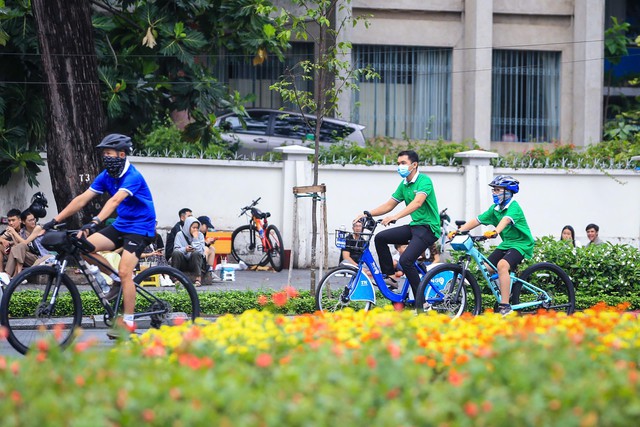
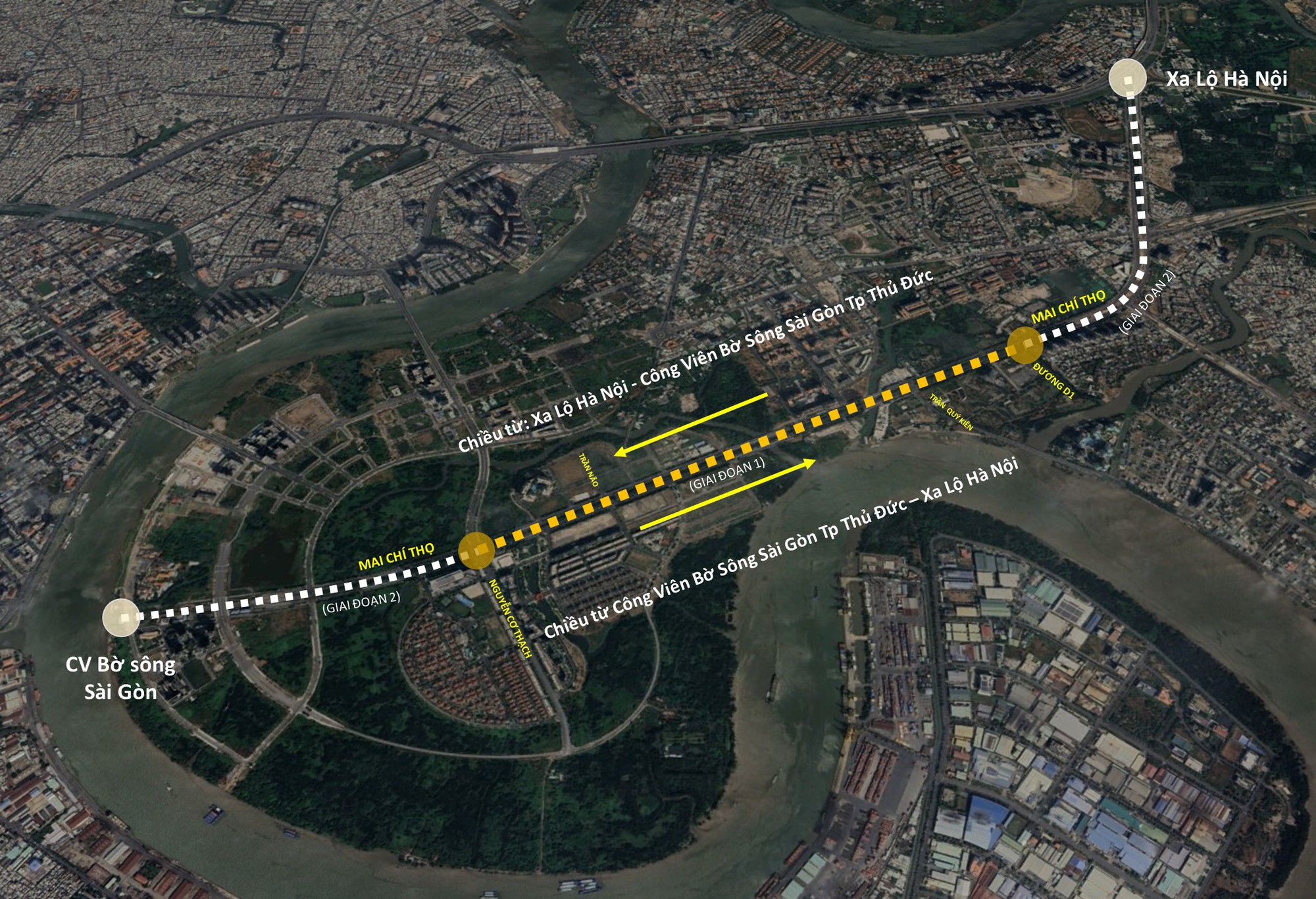
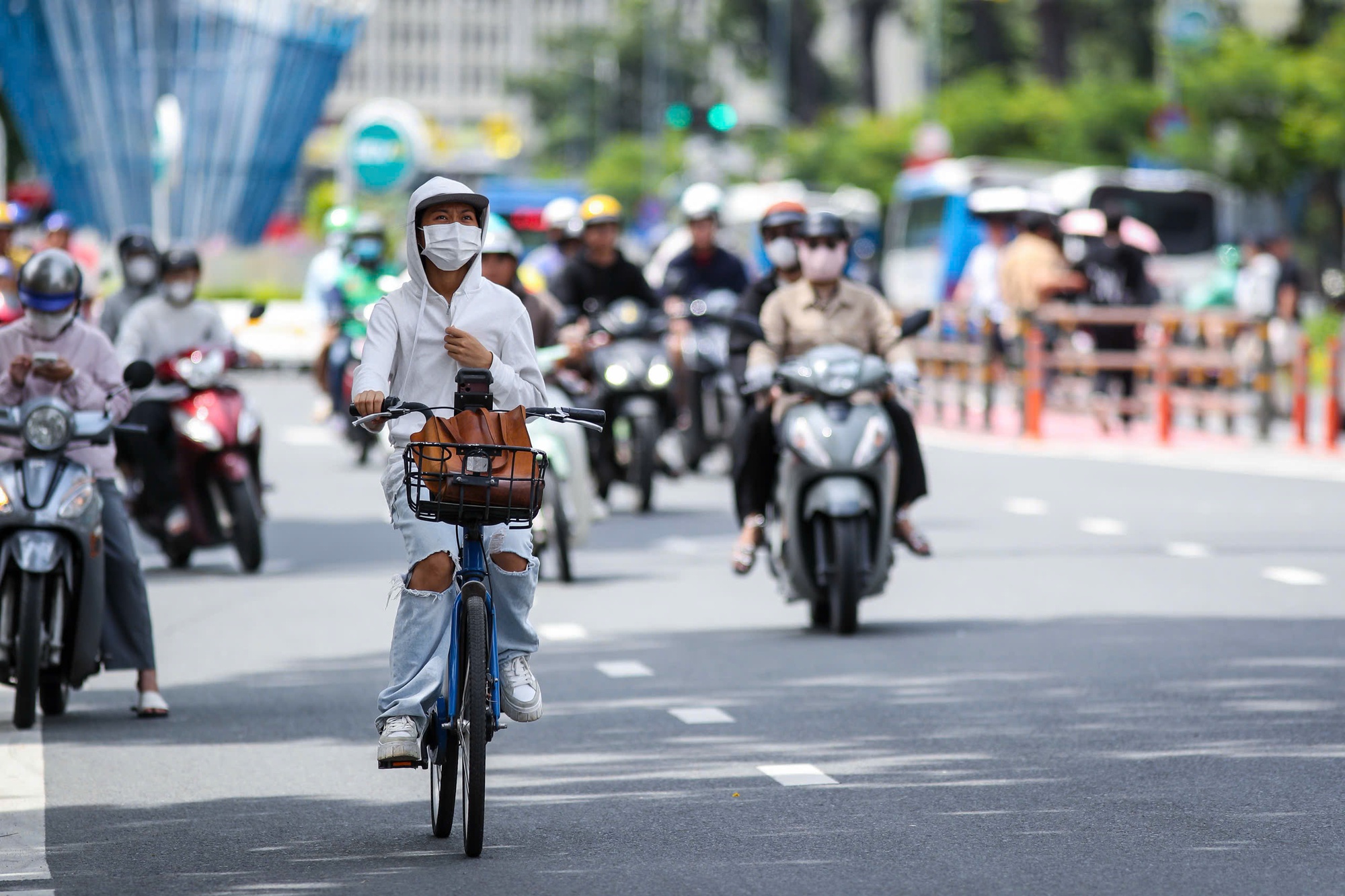
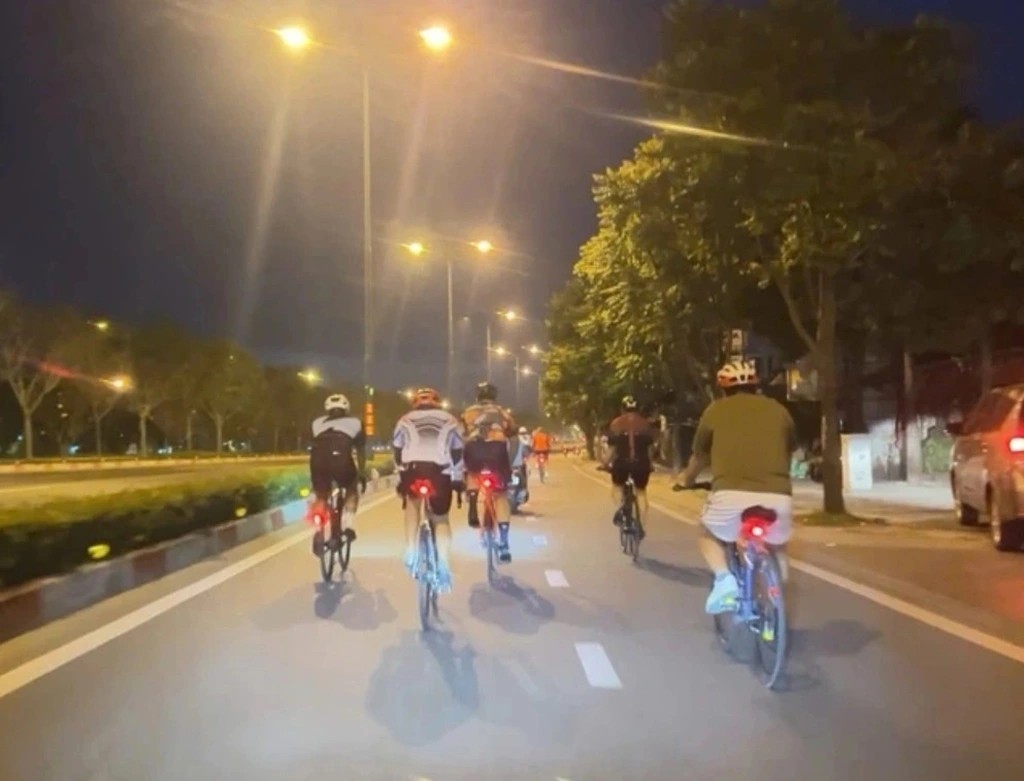



![[Photo] Bustling Mid-Autumn Festival at the Museum of Ethnology](https://vphoto.vietnam.vn/thumb/1200x675/vietnam/resource/IMAGE/2025/10/4/da8d5927734d4ca58e3eced14bc435a3)
![[Photo] Solemn opening of the 8th Congress of the Central Public Security Party Committee, term 2025-2030](https://vphoto.vietnam.vn/thumb/1200x675/vietnam/resource/IMAGE/2025/10/4/f3b00fb779f44979809441a4dac5c7df)



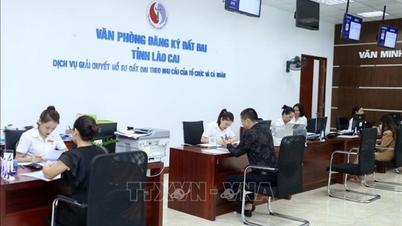



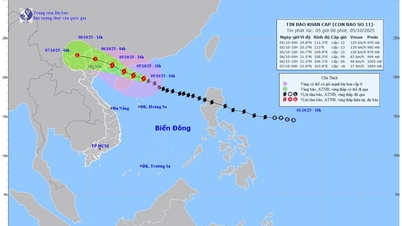



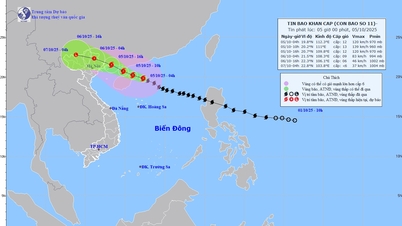





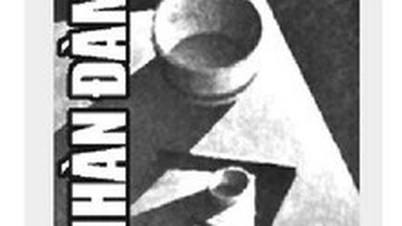



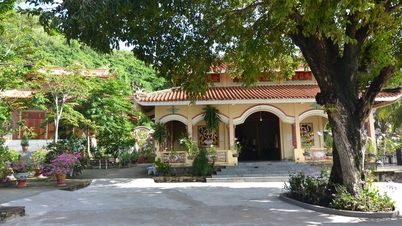
![[Photo] General Secretary To Lam attends the 8th Congress of the Central Public Security Party Committee](https://vphoto.vietnam.vn/thumb/1200x675/vietnam/resource/IMAGE/2025/10/4/79fadf490f674dc483794f2d955f6045)


























![[VIDEO] Summary of Petrovietnam's 50th Anniversary Ceremony](https://vphoto.vietnam.vn/thumb/402x226/vietnam/resource/IMAGE/2025/10/4/abe133bdb8114793a16d4fe3e5bd0f12)

![[VIDEO] GENERAL SECRETARY TO LAM AWARDS PETROVIETNAM 8 GOLDEN WORDS: "PIONEER - EXCELLENT - SUSTAINABLE - GLOBAL"](https://vphoto.vietnam.vn/thumb/402x226/vietnam/resource/IMAGE/2025/7/23/c2fdb48863e846cfa9fb8e6ea9cf44e7)
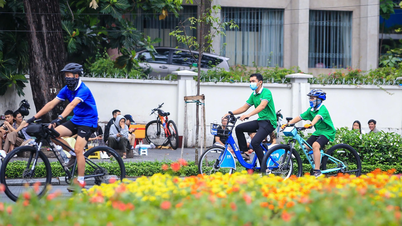











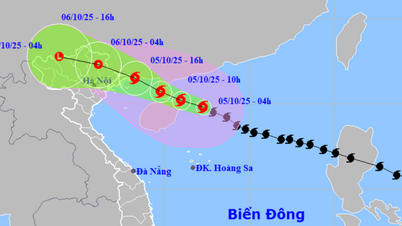

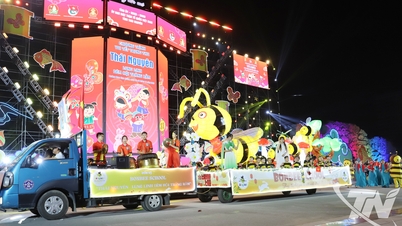














Comment (0)